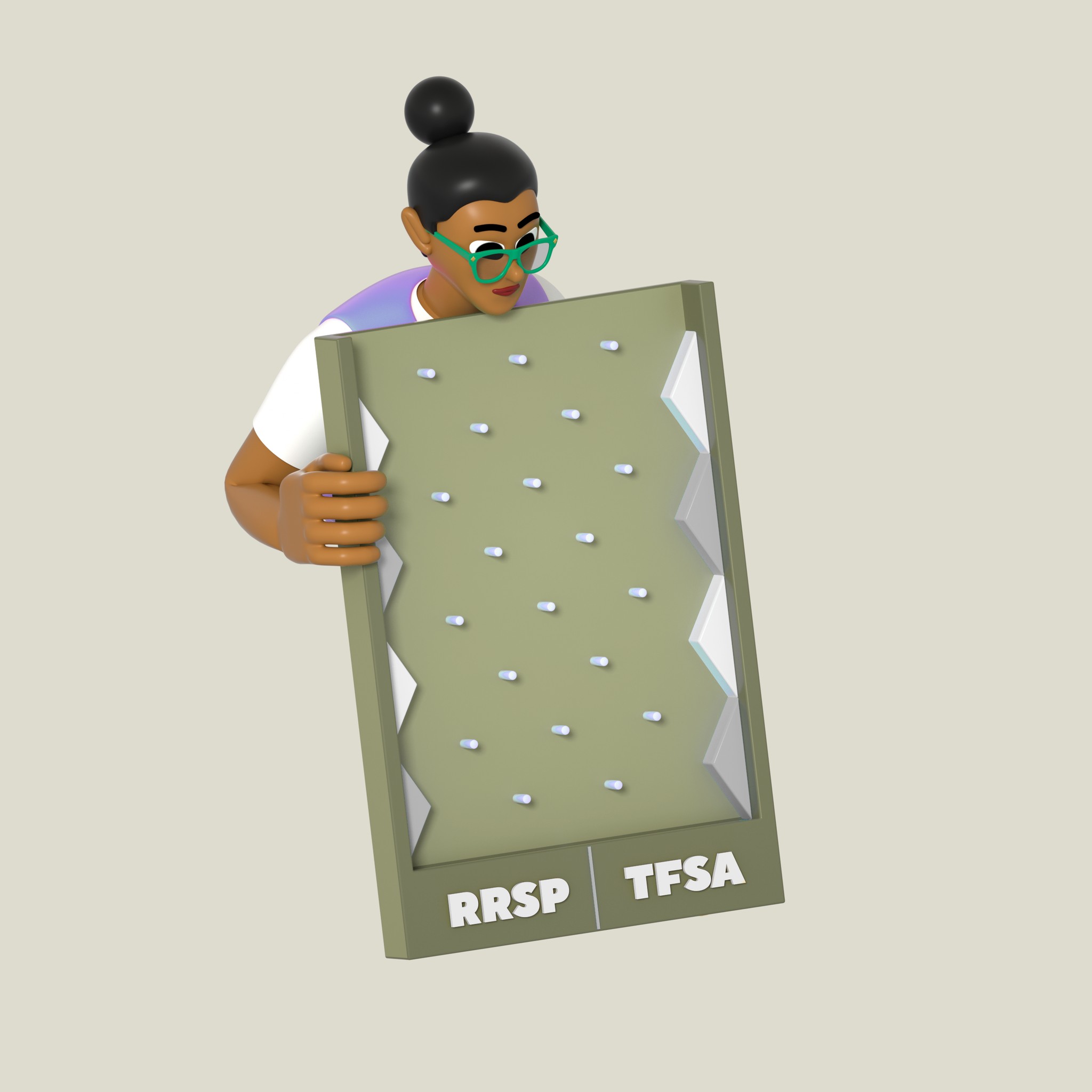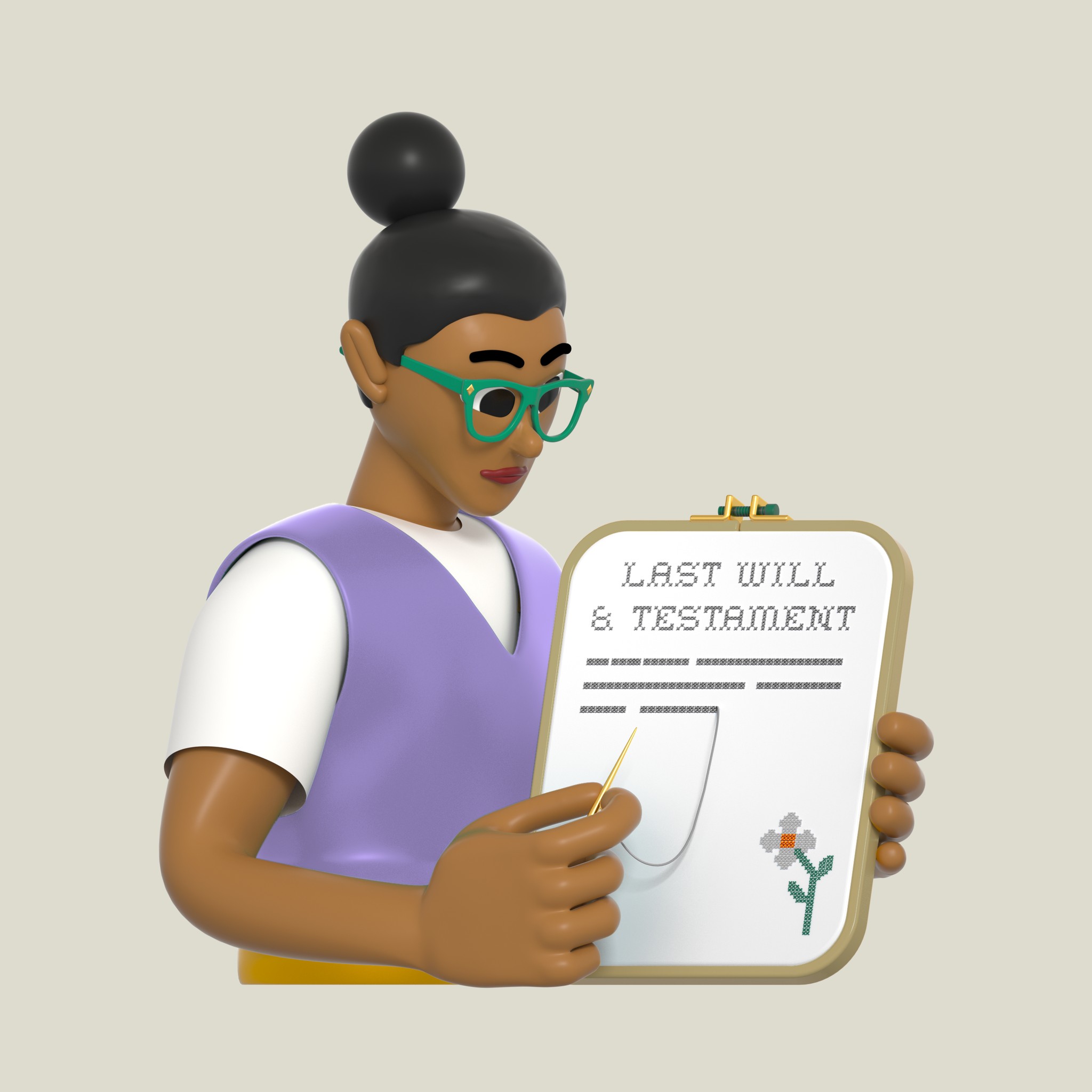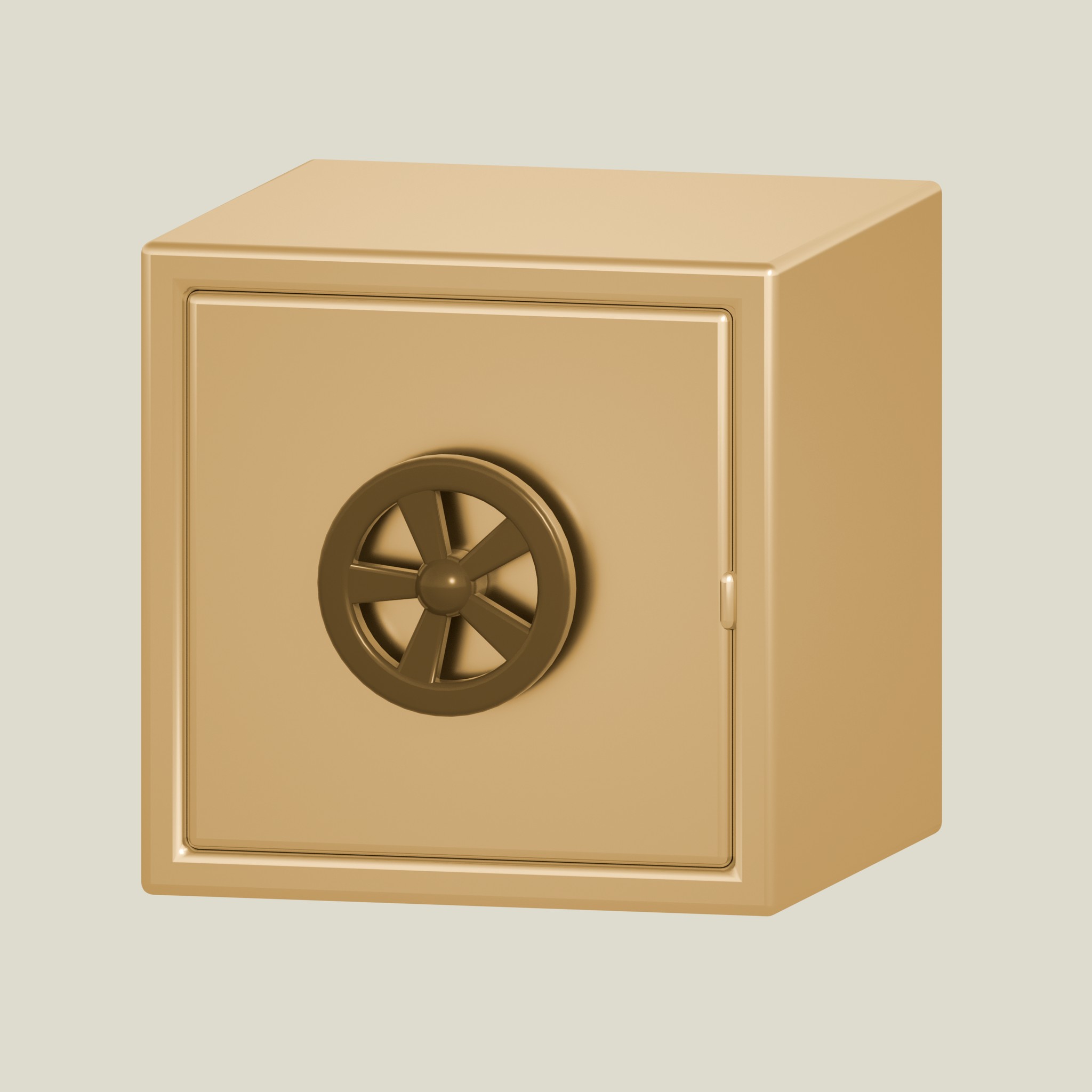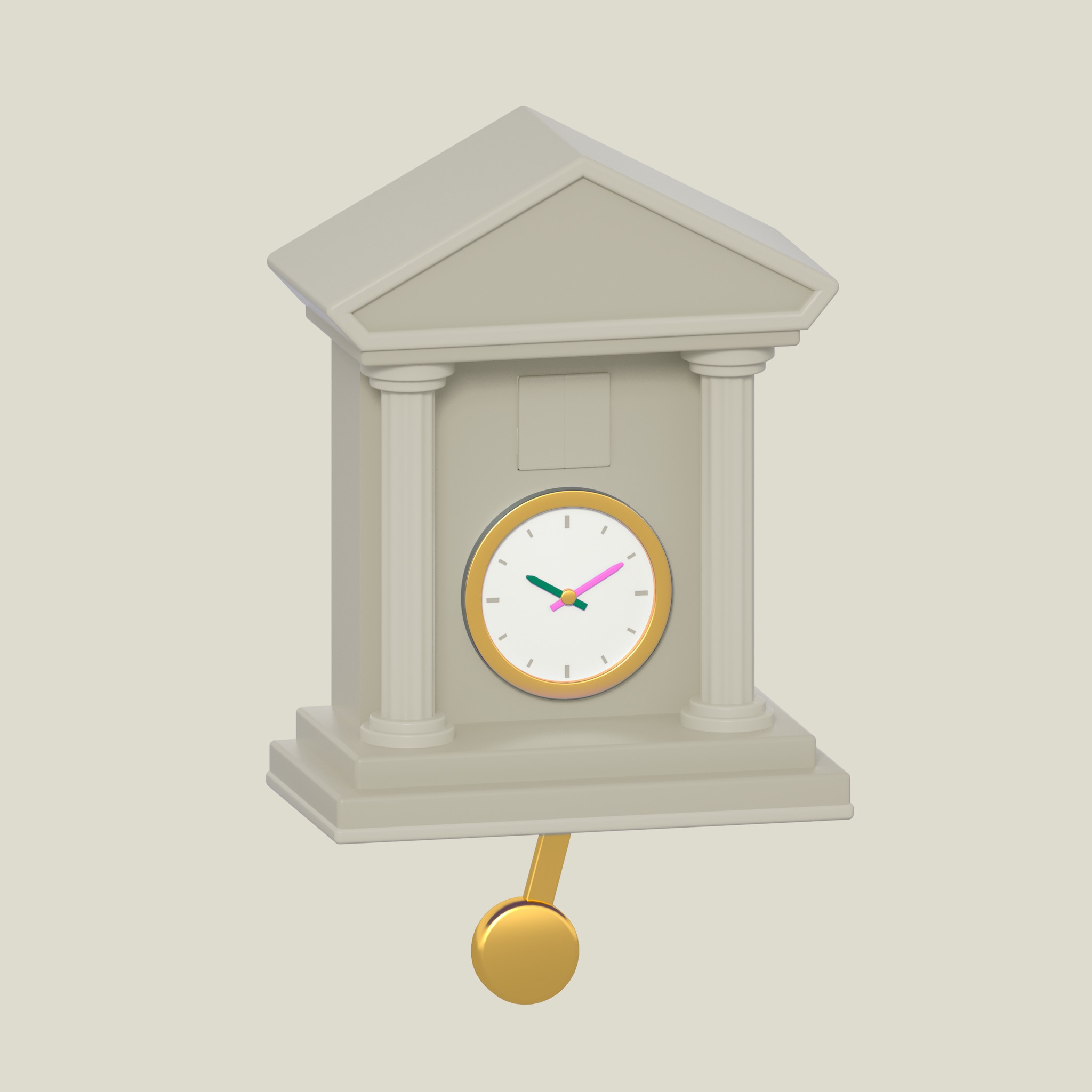The 7 Essential (and Simple-ish!) Steps to Plan a Successful Retirement
It’s never too early — or too late — to prepare for life off the occupational hamster wheel. Here’s how to set yourself up for some 24-carat golden years.


Step 1: Figure out how much money you’ll need
Retirement is not a one-number-fits-all experience. Fortunately there is a way to calculate the savings you’ll need based on how much you make and the life you want to live. And it doesn’t even involve that much mathing.

Step 2: Take full advantage of your tax-advantaged accounts
When it comes to government-sanctioned free money, you don’t want to miss out on a single penny. Here’s how to supercharge your retirement accounts — while still being able to enjoy pre-retirement life.

Step 3: Update your investment mix as you age
The right mix of investments for you depends on… you: your current age, your timeline (which most people underestimate), and your comfort with risk (which some people also underestimate). And it changes as you change. Fortunately there are some pretty simple-to-follow guidelines to help you stay on track.

Step 4: Deal with the sad stuff early
It might not be the most fun thing to think about, but planning for what happens when you’re gone well before you expect to be can save your loved ones tons of extra grief. And money.

Step 5: If your home is your biggest asset, do the right thing with it
Sell and live off the proceeds? Stay put? Get a reverse mortgage? Start a creepy doll collection and open a B&B? We’ll walk you through the smartest ways (and the smartest times) to access your equity if you own your home.

Step 6: Time your pension in a way that gets you the most money
When it comes to taking your CPP and OAS payments, the wrong timing can cost you. A lot. Like a lot a lot. No pressure! Here’s how to make sure you get exactly what you need — when you need it.

Step 7: You made it. You’re retired. Here’s what actually happens with all the money you saved
Here’s how to decide how much to give yourself each year, along with which account to take it from (and when) in order to save the most on taxes.
Take the work out of retirement saving
Open your RRSP without any paperwork or visits to a bank, and start saving up for retirement today.